Obsolete products can include anything that has become redundant in light of a newer alternative being developed. In some cases, they may even become popular as collectibles. When technologies or practices are no longer used, even if they are in working condition we deem them obsolete. It’s often caused by a newer, better technology supplanting the older ones.
While you might not be consciously aware of the feverish pace of change today, it’s easy to look back on dozens of technologies that are now completely obsolete thanks to the march of progress. These are actually 7 obsolete technologies ever made before.
1) Rotary Telephones And Wired Landlines
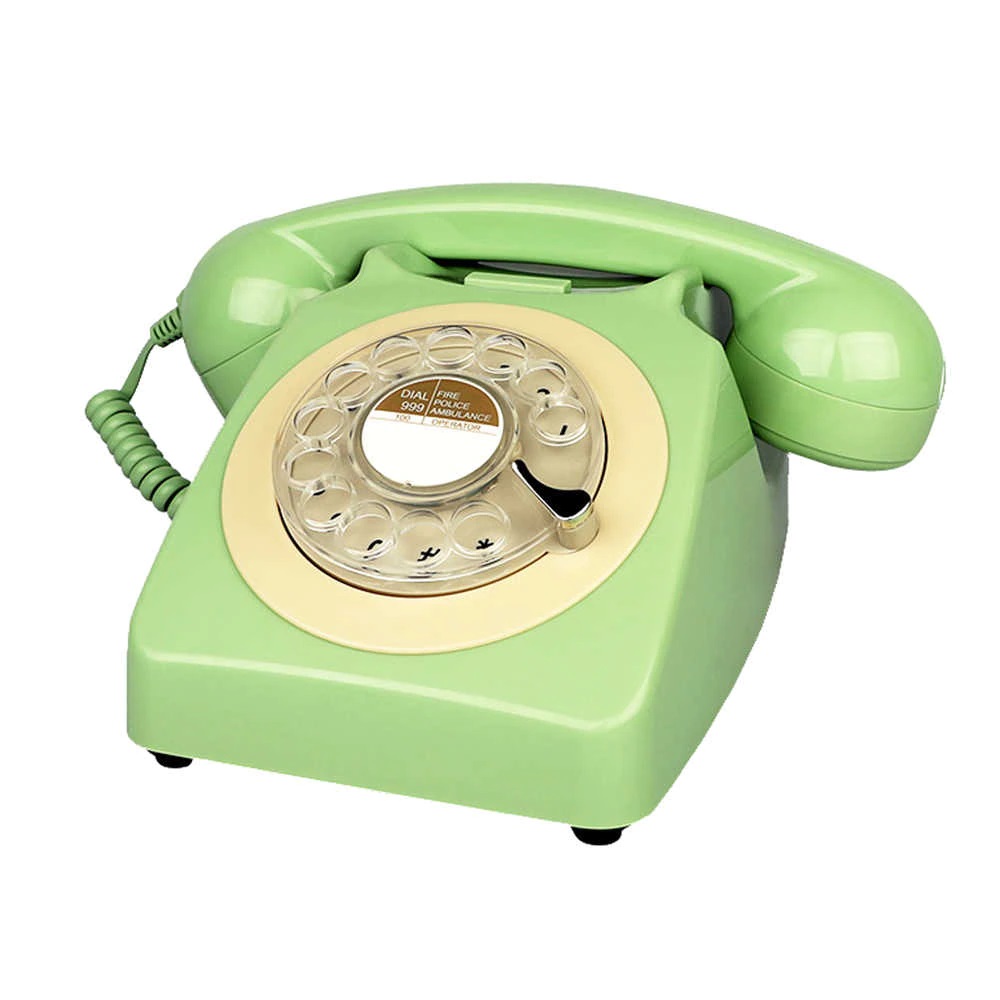
This is a piece of technology that nears obsoleting after being replaced by a computer that we carry around in our pocket. The wired telephone dates back as far as 1844 and it has seen many iterations over the years that have since passed. One such variation was the rotary dial telephone which featured a dial arranged in a circular layout so the user had to turn the dial for each digit off the phone number they were trying to call. Except perhaps as a novelty, rotary phones are long since a thing of the past. Wired landlines are following close behind as modern smartphones are easily acquirable, far more personal, and affordable.
2) Pagers And Beepers
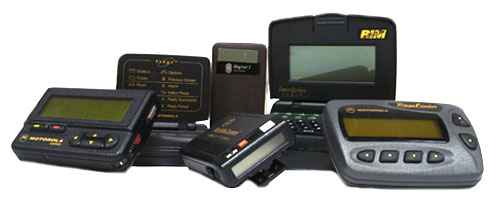
Pagers were originally designed and built in the 1950s but they didn’t really take hold in terms of popularity until the 1980s. These one-way communication devices were often used by emergency services, doctors, and safety personnel who needed to be reachable at all times, even when away from a landline telephone. The rise of smartphones in the early 2000s saw the decline in the use of pagers and beepers but due to the durability, resilience, and better coverage they continued to see a use for several more years and, as an example, Canada was still paying as much as $18.5 million for its pager service in 2013.
3) Floppy Disks
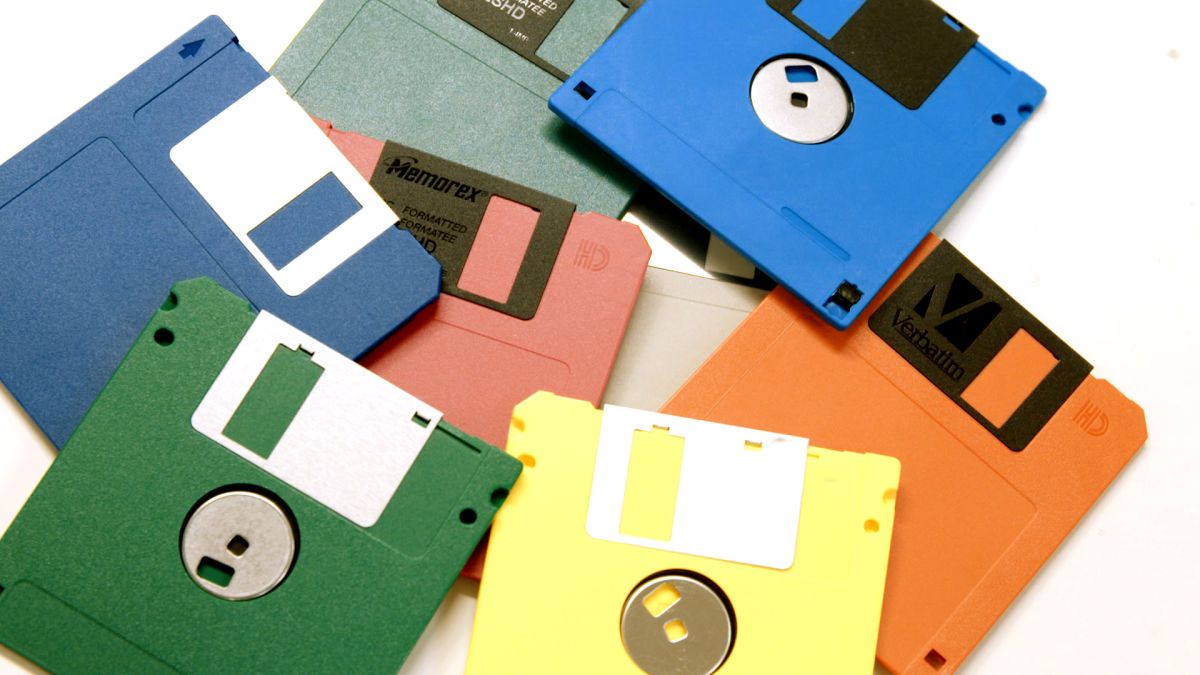
Floppy disks were a type of data storage medium that originally appeared in the 1970s. The first was the 8-inch floppy disc, capable of storing just 80 kilobytes of data. As the floppy disks got smaller, their storage capacity grew and by the mid-1980s the 3.5-inch floppy disk was able to store a respectable 1.44 MB. Floppy disks were unfortunately vulnerable to magnets and heat and easily corrupted. By the 1990s software size meant many disks were required for most applications (Adobe Photoshop required over a dozen disks to run) so CD-ROMs began to take over. The floppy disk now only lives on as a save icon in most software applications.
4) Compact Cassette Tape
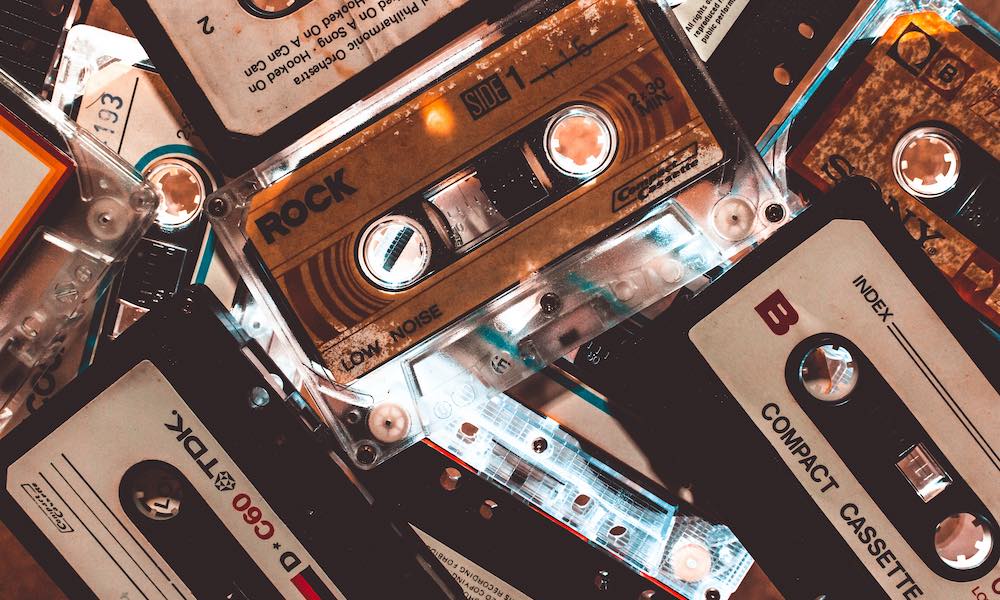
Audio brother to VHS and Betamax cassette tapes was the compact cassette tape. Originally introduced in 1968, compact cassettes used the same magnetic tape technology to deliver affordable audio to the masses. They were used as either blank tapes that could be recorded onto (via dictaphone or boombox for example) or as pre-recorded cassettes of music albums. Cassettes could also be used to store other data and were therefore used as a storage medium for early home computers. Cassette tapes gained popularity in the 80s but by the 90s were outsold by compact discs which soon became the standard format. Nonetheless, cassette tapes continued to sell and it wasn’t until 2001 that they truly began to die, at least in pre-recorded formats. Blank tapes were still being sold right up until 2012. In their heyday, cassette tapes sold as many as 442 million in the US alone. We have hazy memories of fighting cassette players to rescue chewed up tapes and spending hours twizzling them back together with a pencil.
5) Overhead Projectors
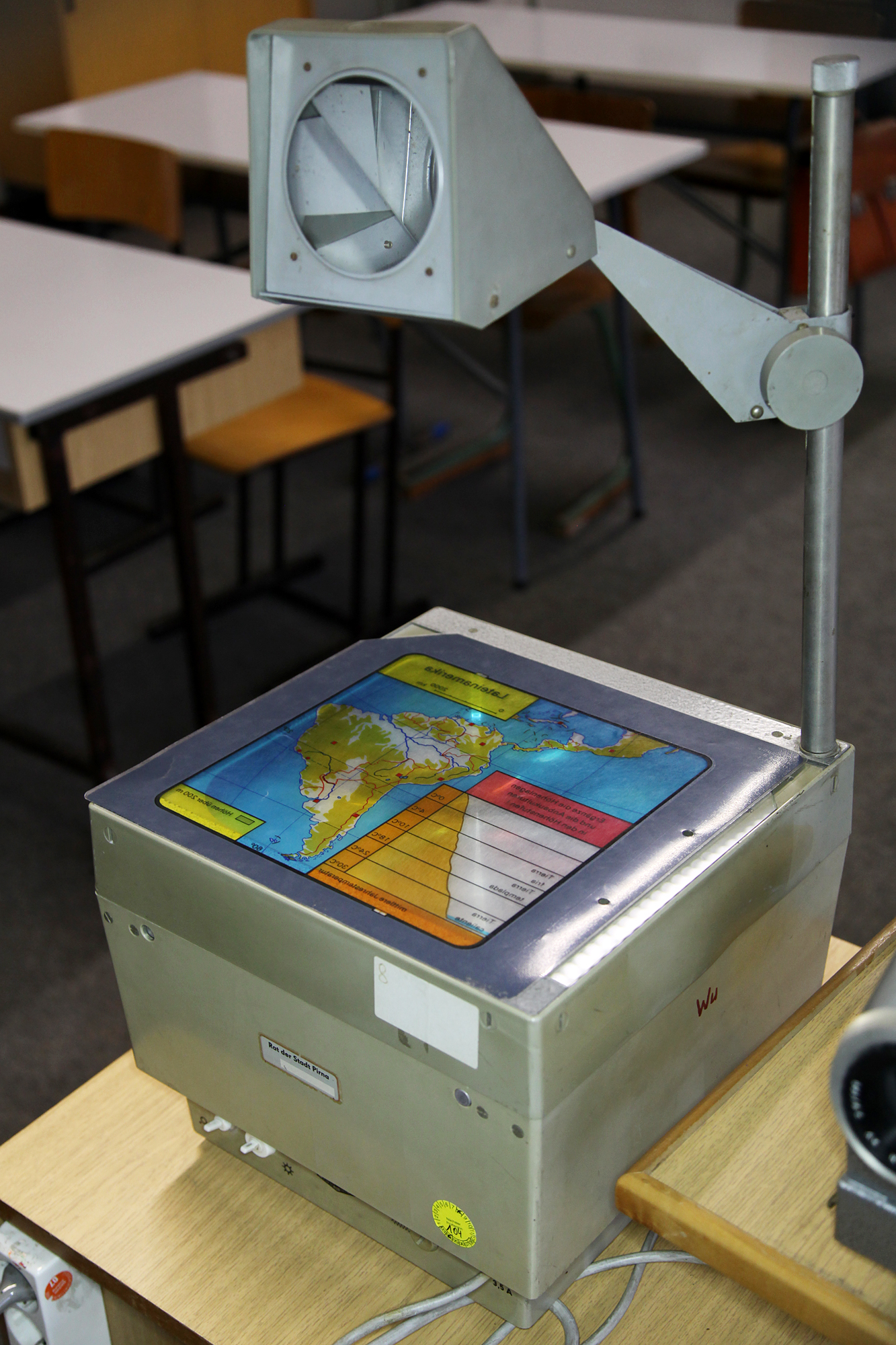
A classroom classic, the overhead projector was a simple yet wonderful system for projecting images, text and drawings onto an appropriate screen. Transparent sheets of acetate were used in place of paper to enable presenters to transpose their presentations onto the screen in front of the class. Although likely still in use in some classrooms, these projectors have likely been rendered obsolete by modern projection technology and computers.
6) Portable DVD Players
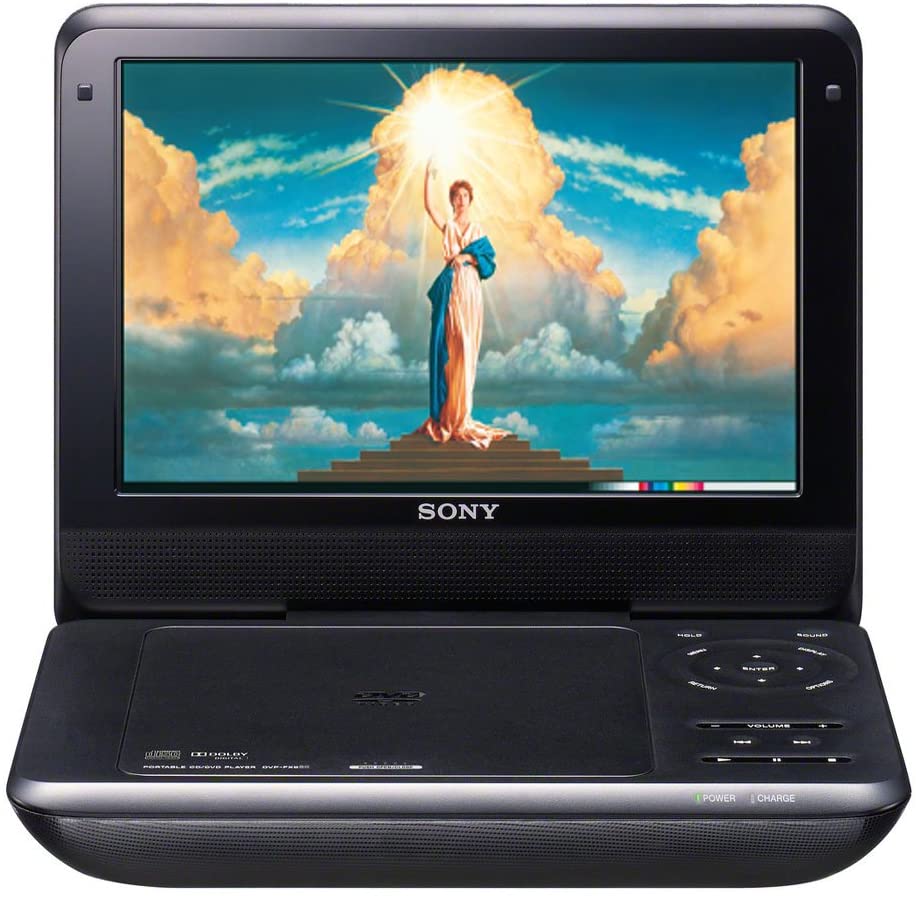
With the rise of DVD and the ever-falling cost of the technology behind it, as well as the shrinking sizes of processors and advancements in screen technology, it was no surprise that portable DVD players made their way to market. However, the size of the discs and the quality of battery life meant that DVD players failed to gain widespread popularity, and initially their cost was prohibitive. Now, with easy access to streaming video via mobile phones and tablets, the need for portable DVD players is almost entirely negated.
7) Vinyl Records

Vinyl records are probably one of the oldest and most long-lasting formats for storing audio recordings. Available in varying formats since the late 1800s, the vinyl record is still in production today and is another format that’s sworn to be the best by audiophiles and sound enthusiasts alike. The format has even had a sales resurgence of late.
Sources: Pocket-lint

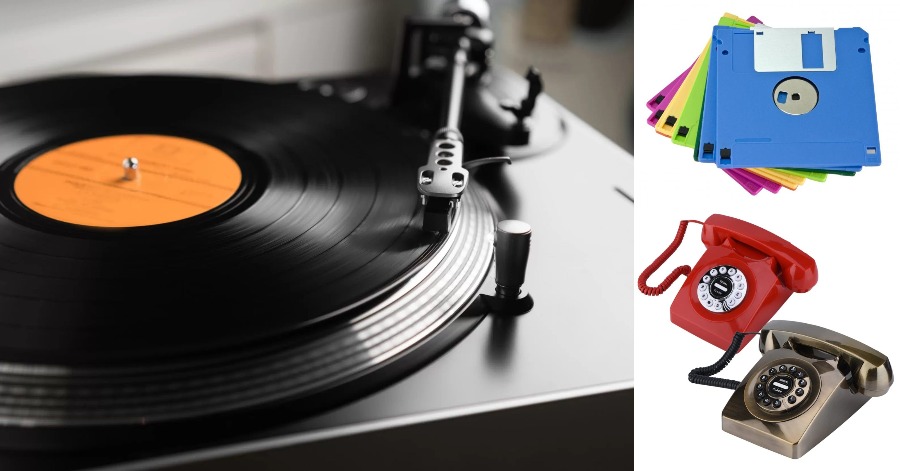


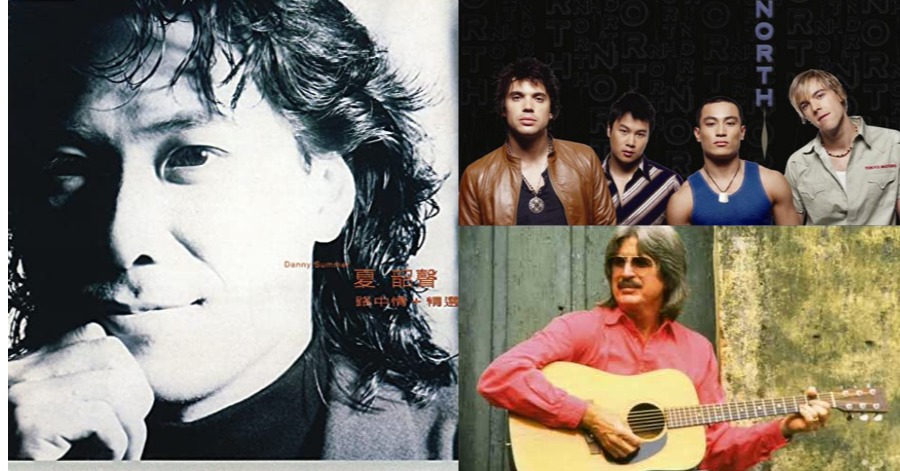




Leave a Comment